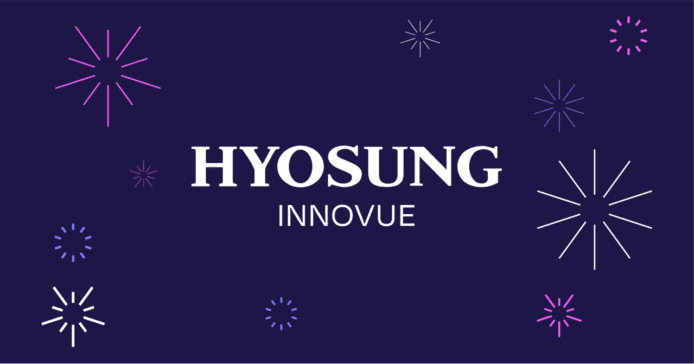Video banking is a now a multi-billion dollar industry. Where’s it headed? ATM Marketplace takes a closer look.

April 7, 2023 | by Bradley Cooper — Editor, ATM Marketplace
It is no surprise that customers now expect service on their own terms and at their own convenience. This includes not only simple banking services such as checking account balances but also more complex tasks such as loan origination, account openings and even financial advice.
One way banks are addressing this concern is through video banking services that can reach customers either at an Interactive Teller Machine or at home on the customer’s own devices.
COVID-19 played a major role in encouraging customers to adopt video banking, as they grew more used to utilizing services such as Zoom for work and personal usage.
In fact, in recent years, video banking has seen a huge boom in value. A study by Allied Market Research found the global video banking service market was worth $71.4 billion in 2021 and is expected to reach $247.9 billion by 2031, growing at a compound annual growth rate of 13.6% from 2022 to 2031.
However, there are still many questions surrounding this market, such as what are customers really using it for and whether certain demographics are embracing it more than others. Also, what are some of the factors that are holding it back? To answer these questions, ATM Marketplace spoke with William Budde, VP of banking strategy and solutions at Hyosung Innovue Americas.
Q. How are financial institutions embracing video banking?
A. Financial institutions are beginning to see the potential that rich video interactions can bring to their overall customer experience. They are recognizing that video can extend their reach to their customers, allowing for expanded service hours while also providing access to all of an FIs services. Consumers in general have become more comfortable with video-based interactions over the last few years, and we are seeing FIs capitalize on that momentum by delivering more services and experiences to their customers through this channel.
Q. What do consumers primarily use video banking for?
A. Video banking was first introduced to fulfill basic transactional needs, such as deposits and withdrawals. Video banking has become a popular enhancement to the ATM channel, and the technology has evolved to enable a wide variety of transactional services, including bill payment, check cashing and basic account maintenance. As video interactions are becoming more commonplace, financial institutions are exploring more ways to offer their services through video channels.
Q. What do you currently see as the top trends in video banking?
A. The combination of higher customer acceptance of video interactions and better remote collaboration technology has allowed FIs to begin to deliver more complex services and experiences to their customers through video. Moving beyond the transactional, FIs are beginning to provide rich banking interactions like account openings, loan originations and financial advisory services through video. The advanced technology allows for an almost identical experience to an in-person interaction, including identity verification, collaboration and document signing. The flexibility of video allows FIs to meet their customers where they are, rather than always requiring customers to visit the FI’s physical locations.
Q. Are there any demographic considerations in end customer usage?
A. We have found high customer adoption and usage levels across all demographics. Customer experience design is critical — creating an experience that is rich and collaborative while also being intuitive and approachable is a significant factor in customer adoption, regardless of demographic.
Q. What are some of the issues holding back video banking?
A. One issue can be the investment necessary. The bandwidth required for high quality video streaming has decreased as technology improves, so I’m not referring only to financial investment here, though there are financial costs required to implement the appropriate infrastructure. Beyond that, there is the organization change necessary to take full advantage of the technology — new processes, training, customer education, organization structure changes etc. Projects like video banking compete against a lot of other things for the limited investment dollars and resources that FIs have. Having a clear view of the effects that video banking can have on a financial institution and a solid understanding of the benefits that can be achieved is helpful in ensuring that the project can be prioritized correctly.
Q. What role does Hyosung play in this space?
A. We have developed a deep portfolio of video banking experiences for use by FIs that are interested in adding video banking. For transactional capabilities, we put a lot of focus on both the customer and the employee experience, creating intuitive interactions that drive both customer satisfaction and operational efficiency. As technology continues to evolve, we look for opportunities to use new capabilities in innovative ways to bring even more great experiences to banking. Our new Hyosung Connect offering is focused on immersive banking experiences, and combines our history of quality engineering and customer experience design with the latest in collaborative technology.
Source: ATM Marketplace

